
Thinking of heading to a climbing destination that’s not all the rage these days? Romania may not exactly be on top of the list when it comes to rad European climbing spots, but that doesn’t mean it doesn’t deserve your attention.
In fact, if I’d have to pick just two words to describe climbing in Romania, that’d be outstanding variety. Slabs, perfect vertical faces, slightly overhanging walls, and cracks abound. Jugs, crimps, pinches, mind-boggling cruxes, and interesting betas to unlock.
Most of the climbing in Romania is on limestone, decent quality and with good friction, not too polished yet and not all covered in chalk (except a little bit on the most frequented routes). The crags are scattered around the Carpathians, which, of course, translates to great diversity. Because of that, not too many climbers flock to the same spot at once so you stand a good chance of getting the whole crag to yourself.
If you’re looking for remote crags, local authenticity, approaches with a view, quality routes that aren’t too busy or polished yet, then pack your gear and head on over here. I’ve put together a comprehensive guide to climbing in Romania, with a summary of the best destinations, when to go, what to eat, and other useful travel advice to help you make your trip one for the books!
In this article
Seasonality

The best time to go climbing in Romania is spring till autumn. That’s speaking for the whole country, but you should also take into account the location of the crag you plan to climb at.
There are sunny, south-oriented sectors at lower elevation that are great in spring and autumn, sometimes on warmer winter days, too. On hot summer days, it can get uncomfortable to climb in these places.
At the same time, you’ll find gorges, crags in the forest that get a lot of shade, or sectors at higher elevation that are just perfect in summer.
The climbing scene

Image credit: Color Drops Mandala
Romanian climbers are a friendly bunch. They’ll be happy to help with info and beta, even a belay if you need it. The sport has been getting a lot of traction in recent years, with many people picking it up and strong groms pushing the boundaries. Many high-class climbing gyms opened in the last two decades and new ones are being built as we speak.
It rarely gets crowded at the crags, so you’ll most likely have a lot of routes to yourself. Waiting in line for a route is quite rare. Plus, the rock is not polished yet, except a little bit on some iconic routes.
It doesn’t get too noisy either. However, some climbing spots are located next to popular hiking trails and there may be tourists wondering about, sometimes asking silly questions. But they don’t linger for long.
If you’re traveling alone, it may not be as easy to find a partner as in other more popular climbing destinations in Europe. That said, during weekends with good weather, chances are you’ll find some people at the crag. Your best bet, however, would be to go at the local climbing gyms and ask around to see if you can tag along.
Read more >> The Dirtbag Way
What to pack
Bring your entire climbing gear. If you are unable to travel with your gear, you can buy what you need once you arrive. There are quite a few well-stocked outdoor shops in Bucharest, Braşov, Cluj-Napoca, and other large cities. Many climbing gyms also have their own little shop as well. All in all, you should find everything you need not too far from where you’re climbing.
It’s best to bring a 70-meter rope since routes vary in length, even at the same crag. Pack layers of clothes as the weather can be quite unpredictable. Plus, temperatures can vary greatly from one location to the other. You should also take into account that temps plummet during the night in the mountains.
There are currently only two printed climbing guidebooks for Romania – A Climbing Guide of Braşov Crags, which covers the crags around the city of Braşov, and a Climbing Guidebook of Romania, which covers some of the most popular destinations.
If you are unable to purchase any of these, or they do not cover the area you plan to go to, you can find info on the routes on thecrag.com, as well as on a couple of local websites like romaniaquest.com and climbromania.com. Because new routes are constantly being bolted, some of these topos may not be updated.
The most popular climbing destinations in Romania
Băile Herculane

Băile Herculane is Romania’s largest and most popular sport climbing destination, with several top-notch crags along the 25-kilometer-long Cerna Valley.
Located in southwest Romania, Băile Herculane is the oldest health resort in the country, dating back from the time of the Dacians and Romans who would soak in its natural hot water springs. The resort bloomed during the Austrian Empire and was quite popular during Romania’s communism era. Unfortunately, most of the charming hotels, buildings, and bath houses that were once the pride of the resort now sit in ruin.
There are crags right above town as well as on the Cerna Valley. The most famous sector for climbing in Băile Herculane is Vânturatoarea Waterfall, a stop during the 2014 Petzl RockTrip. You’ll find some of the hardest sport climbing routes in Romania here. But this world-class limestone crag, split in two by the waterfall, has something for all levels and tastes, from short routes to pumpy longer ones, and even some multi-pitch.
Due to the microclimate of the area, the best time to climb here is spring and autumn, as summers can get pretty hot.
Sohodol Gorges
Also in southwest Romania, not too far from Băile Herculane, Sohodol Gorges are a pretty impressive sight. There are several sectors with sport climbing routes for all levels on high-quality limestone, mostly vertical and slightly overhanging. The lines aren’t too long, up to 30 meters tall, and the best time to climb here is spring and autumn.
Climbing near Braşov

In central Romania, Braşov is one of the most important cities in Transylvania. Thanks to its medieval Old Town, numerous historic sites, neighboring mountains, ski resort, and many opportunities for outdoor adventures, it is a major tourist hub. It’s also a great base camp for exploring the many climbing spots around Braşov.
The cliffs at Solomon (Pietrele lui Solomon) are a popular hangout spot for the people of Braşov, with designated barbecue areas and quite a few hiking trails. It’s very easy to get here by bus from the city center, which makes it a great afternoon climbing destination if you’re short on time. There are several sectors with something for levels, including a sunny, newly-opened sector that’s great for beginners.
Tâmpa crag is located right above the city of Braşov. This is a great destination for early spring and late autumn, sometimes even on sunny and warmer winter days.
Râşnov Gorges have a good number of of sport climbing and multi-pitch routes, both in the gorges and upstream. This is a good place to climb in spring and autumn, with sport routes ranging from slab to overhang, short to long, crimpy to juggy, you name it!

Photo by Szidonia Lorincz
Zărneşti Gorges offer great variety and very aesthetic lines. There are several sectors within the gorges, each different in its own way – short and powerful, long and sustained, slabs, overhangs, even a roof. The best time to climb here is late spring till early autumn.
While here, I should mention other sport climbing crags in the Piatra Craiului Mountains, close to the city of Zărneşti. The newly-opened crag at Gălbenoasa, near the popular Curmătura Chalet, has several challenging routes on high-quality limestone. It requires an approximately 2-hour hike to get there and is recommended in summer. There’s another relatively new crag at Colţul Chiliilor, right behind an old hermitage site, which requires a 45-minute to 1-hour approach. This is yet another summer crag.
Then of course there are the many multi-pitch climbing routes in the Piatra Craiului Mountains, on whitish limestone above picturesque alpine valleys.
Tamina Waterfall requires a 45-minute to 1-hour approach. This long stretch of limestone is tucked away in the forest at a higher elevation, gets a lot of shade, and is a great summer climbing destination. There are quite a few routes here, from short and powerful to long and pumpy.

Belvedere crag offers sport climbing routes for all levels on high-quality gray limestone, vertical and slightly overhanging. This climbing destination near Braşov is great from late spring till early autumn.
There are a couple of newly-developed conglomerate sport climbing crags above the town of Buşteni. And of course there are the multi-pitch climbing routes on conglomerate in the Bucegi Mountains, at a higher elevation above Buşteni. This is where you’ll find the first multi-pitch routes ever established in Romania, as well as some newer, very demanding lines.

Sinaia is a fairytale-like town that was once the summer residence of the Romanian Royal Family. Above town, there are several crags tucked away in the forest with mostly short, powerful routes. But you’ll easily find something for all levels.
A bit further away from Braşov, about one and half hour’s drive (about the same distance from Bucharest), Moroeni has world-class routes on high-quality gray limestone. There are several sectors tucked away in the woods that are great during summer months.
Climbing in the Apuseni Mountains

In Western Transylvania, the Western Carpathian Mountains are littered with picturesque crags. The Apuseni Mountains are a great choice for a rock trip, as there are many climbing spots not too far from one another, and you can combine them with experiencing the local culture, delicious food, and magnificent views.
The city of Cluj-Napoca is a good base camp/starting point for this area, with accommodation, outdoor shops, and climbing gyms. You can also choose to stay in the many authentic villages closer to the climbing spots, or even camp or park your van on the green pastures near the crags.

Turzii Gorges, with numerous sport climbing routes as well as some iconic multi-pitch lines, has long been a mecca for climbing in Transylvania. Rîmetea and the limestone cliffs at Ampoița are among the most picturesque climbing destinations in the Apuseni Mountains.
From the Rîmeţi Gorges to Şuncuiuş and their imposing Pereţii Gri crag, Vadu Crişului, Lazuri Gorges, and the many other smaller climbing areas, you’ll find an outstanding variety of sport climbing routes, short to long, slab to overhanging, and easy to challenging.
Bicaz Gorges

In the Eastern Carpathians, more precisely in the Hăşmaş Mountains, Bicaz Gorges are a big tourist attraction. The massive limestone walls in the gorges have long been a climbing mecca for Romanians thanks to their impressive multi-pitch routes. In between these, you’ll find some iconic sport climbing routes, some close to the road, others well-hidden in the forests along the valley.
Rarău

Further north, the Rarău Mountains are home to Pietrele Doamnei (“Lady’s Rocks”), a picturesque climbing spot at a higher elevation, almost 1,600 meters. The limestone towers rising out from the mountain have an alpine feel and a bunch of sport climbing routes. It’s possible to climb here from spring till autumn since there are both sunny and shady sectors.
For a sneak peek into how some of the best climbing destinations in Romania look like, check out this cool video by my friends at Wild Adventure Film:
Bouldering

If you’re interested in bouldering in Romania, there are a few destinations scattered around the country.
Brătileşti, in Buzău County, and Sihla, in Neamţ County, are the biggest and most popular, with quite a lot of sandstone boulders scattered around. There’s also bouldering on sandstone at Oituz, in Bacău county, and near Gura Humorului, in Suceava County. And, of course, the granite boulders in the Retezat Mountains, in Hunedoara County. There are a few limestone boulders up on the Bucegi Mountains, south of Braşov.
Where to stay

Romania has plenty to offer in terms of accommodation. Luckily, most rock climbing spots are located somewhat close to a touristic area. So, you can be sure to find hotels, guesthouses, and Airbnbs.
Wild camping is tolerated in Romania, but only a long as it’s not within a national park or nature reserve. Inside national parks, you are only allowed to camp in the designated areas, if there are any. Since many crags are within national parks, you should plan accordingly. There are some established campsites with the usual amenities (where you have to pay, of course), as well as designated campgrounds without any amenities that are free of charge.
If you’re traveling by camper van, you can find nice places to park that are close to the crags, free of charge. Camper vans are becoming more and more popular in Romania, and there are even some designated campgrounds for van dwellers.
There are lots of freshwater springs in Romania, especially in the mountains, so it’s easy to get fresh drinking water for free. The water in the Romanian mountains and hillsides is exceptionally good.
What to eat

You’ll find many foods that make up great crag snacks or even pre/post climbing meals. Romania has a long tradition of honey-making, with all-flower honey being the most prevalent. For something more authentic, try the black locust honey, colza honey, and forest honey. You can also try honey with sea buckthorn.
Walnuts and hazelnuts are the local nuts. During summer, there are loads of forest fruits – raspberries, blueberries, blackberries, black currants, cranberries, sea buckthorn.
Romania also has a lot of cheese. Sample the hard cheese and the bellows cheese (“burduf” cheese). The latter is also used to make a traditional polenta recipe – polenta balls filled with bellow cheese roasted over the fire.
Romanian cuisine is a melting pot of Balkan, Turkish, and Hungarian influences. You’ll find many meat-based dishes, like the cabbage rolls (“sarmale”), grilled meat rolls (“mici”), stuffed peppers (“ardei umpluţi”), tripe soup (“ciorbă de burtă”), traditional sausages, and cured meats. Romanians love a good soup, and there are dozens of recipes. In fact, they love it so much that soup is divided into two kinds here – supa (a sort of broth) and ciorba (thicker, sometimes sour).
There are many vegan-friendly options, too, such as the eggplant salad, white bean spread, stewed cabbage, vegan sarmale (cabbage rolls stuffed with rice and veggies), and one of my favorites, zacuscă – a sort of cold vegetable spread with veggies and spices, minced and cooked in a stew.
Don’t even get me started on the desserts… There are just so many cake recipes worth trying. Plus, Romanians love to make jam out of the many local fruits, which they use in crepes, with bread and butter, and with all sorts of other sweet recipes. For a truly traditional dessert, try the plum dumplings (“găluşti cu prune”). Or cozonac – a sort of sweet bread traditionally served at Christmas or Easter. But my favorite Romanian dessert has to be papanaşi – cream cheese donuts with sour cream and jam topping.
Useful travel tips
Getting there
If you’re traveling by plane, Romania has several international airports, the most important and closest to the climbing areas being:
- Bucharest Henri Coanda International Airport (OTP)
- Cluj Avram Iancu International Airport (CLJ)
- Iaşi International Airport (IAS)
- Suceava Ştefan Cel Mare International Airport (SCV)
- Sibiu International Airport (SBZ)
- Timişoara Traian Vuia International Airport (TSR)
- Arad International Airport (ARW)
From the airport, it’s best to rent a car to get around since some climbing destinations in Romania cannot easily be reached by public transport.
Getting around
If you plan to climb in Romania, the best way to get around is by car. There are also trains and buses, but it can be difficult to reach some climbing spots by public transport.
Other activities

There’s plenty to do in Romania when you’re not climbing. The climbing spots are located either in the mountains, at their foothills, or in hilly areas, so there are loads of hiking trails to explore. You can get to mountain lakes, old watermills, spectacular gorges, green meadows, rocky peaks, narrow ridges, and so much more.
While here, you can’t help but get a little close to the country’s history and culture. There are castles, fortified medieval churches, and ancient ruins worth visiting.
You’ll find many mountain biking trails, too, especially in the national parks and in resorts like Poiana Braşov and Sinaia.
There’s good skiing in the Romanian mountains so if you’re visiting in spring, chances are you’ll find some snow at higher elevation.
Budget
Romania is generally considered a cheap country to travel to. But, since prices have gone up just about everywhere, food, gas, and other everyday items aren’t what they used to be. That said though, it remains relatively budget-friendly. So, Romania is a good choice for a budget climbing trip as long as you plan wisely.
Currency – the currency in Romania is the Romanian Leu (RON).
Language
Most people speak basic English in Romania, so it shouldn’t be too hard to get around. Plus, Romanian is a Latin language, and you may find many similarities with Italian, Spanish, even French.
Here are some useful phrases to help you get around:
- Bună – Hello
- Bună ziua – Good day
- Bună dimineaţa – Good morning
- Bună seara – Good evening
- La revedere – Good bye
- Te rog – Please
- Mulţumesc – Thank you
- Cu plăcere – You’re welcome
- Cât costa? – How much is it?
- Stânca – Rock
- Faleză – Crag
- Căţărător – Climber
- Filat – Belay
Enjoy the simple life

Outside the cities, Romania is a great place to disconnect and get in tune with nature and a simpler way of being. Observe the flora, fauna, landscapes, and the people around. Get in a rhythm that’s so different from what society has become lately.
The farther you get from the cities, the slower time seems to pass. People are friendlier, warmer, and more relaxed. Don’t get me wrong, life is hard in the rural areas. But the people accept that and go about their lives and daily chores with vigor, keeping their chin up. For many of them, this lifestyle is their choice, and that gives them a strength to be reckoned with.
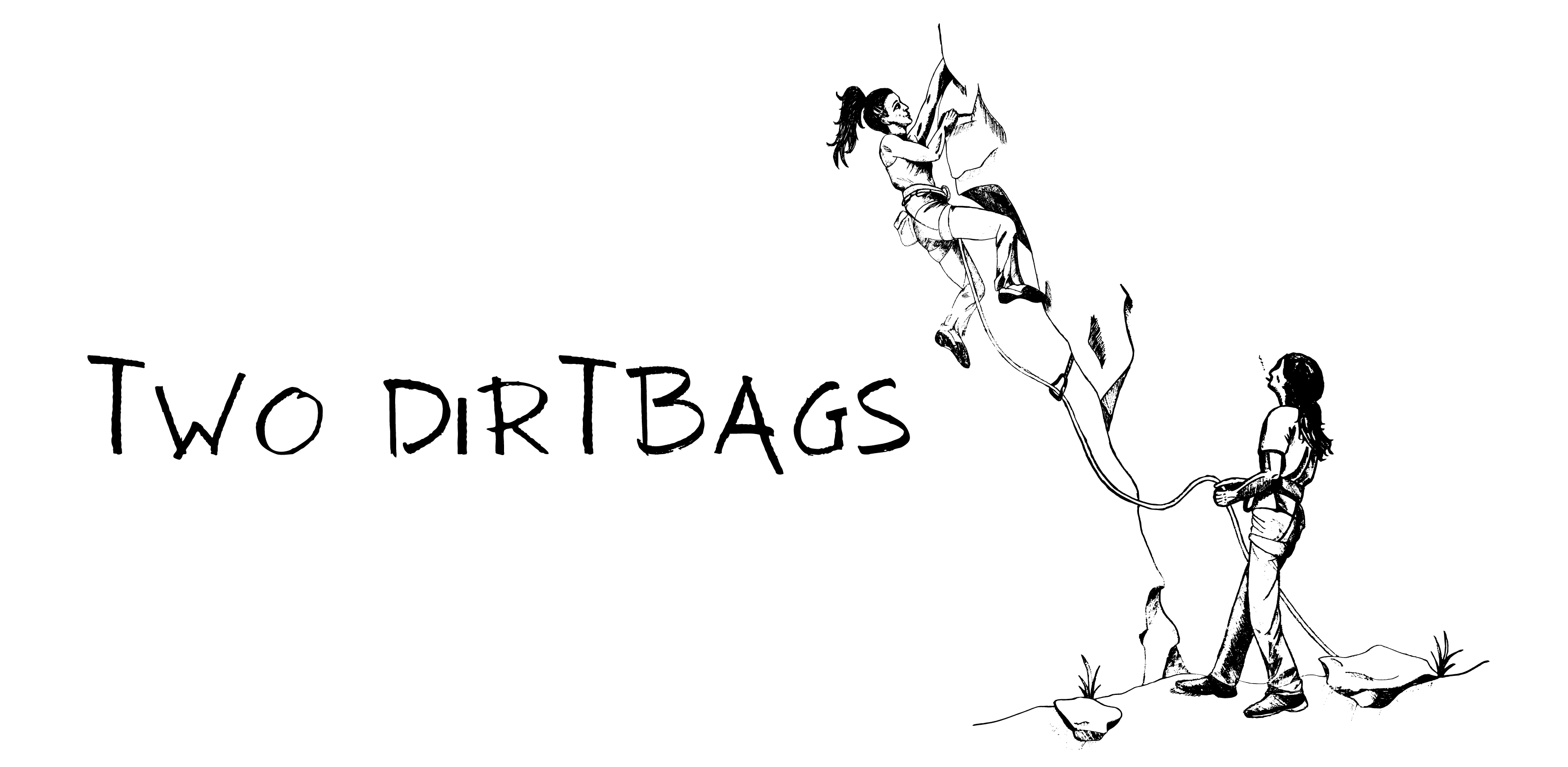
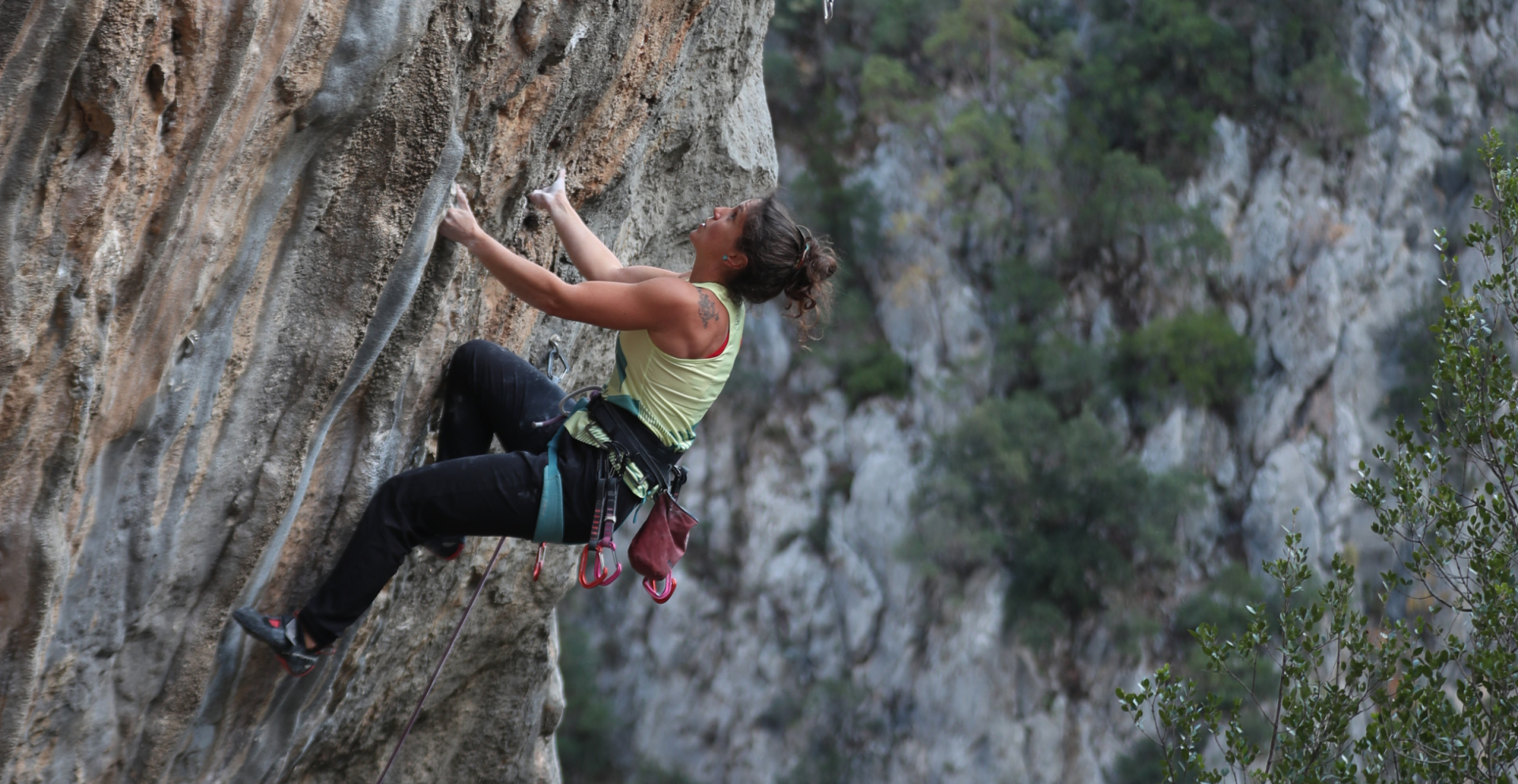
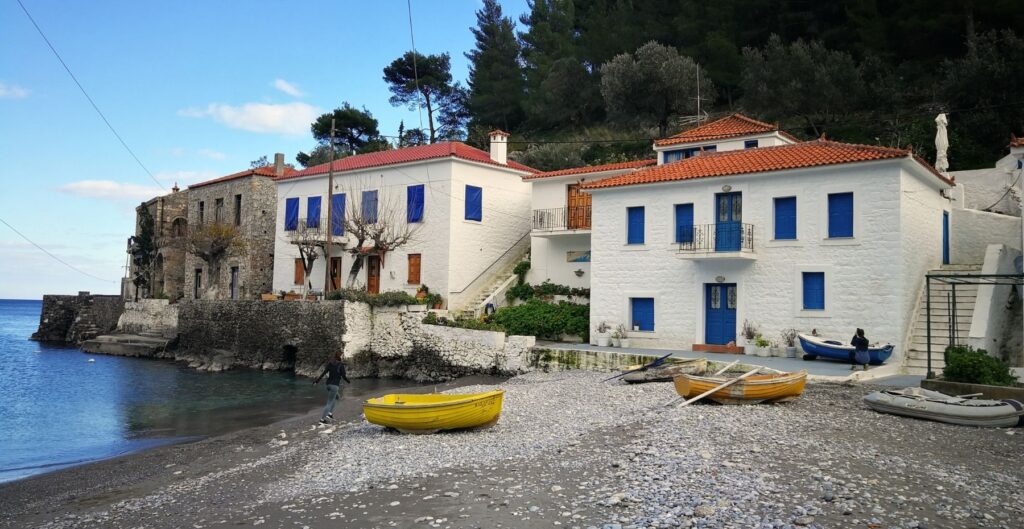
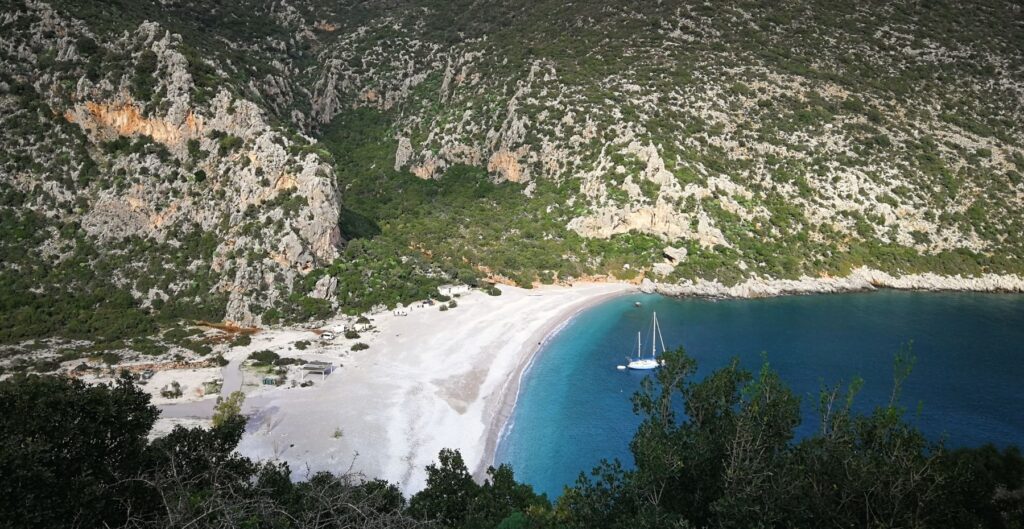
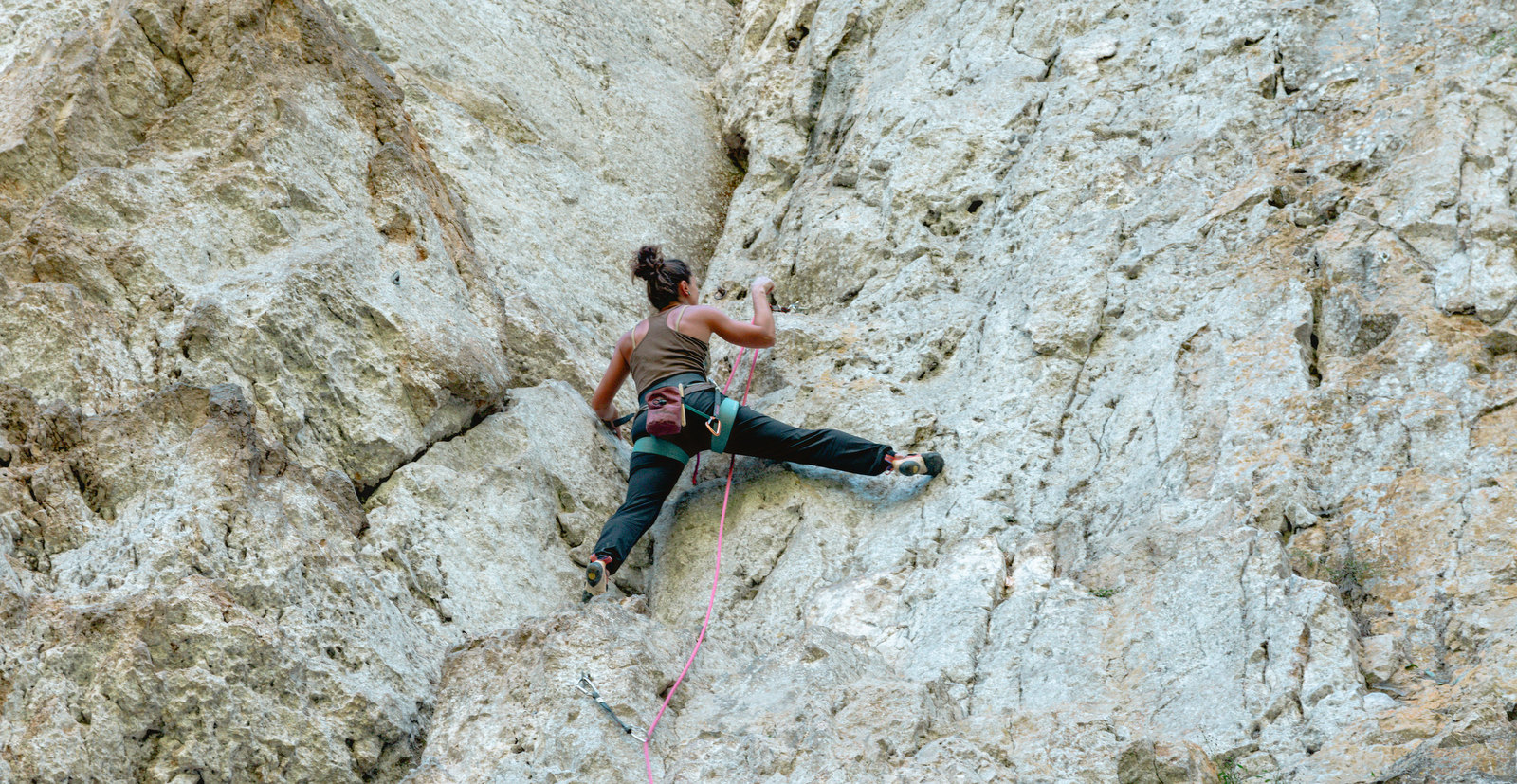
Pingback: The Best Climbing Destinations near Braşov, Romania - Two Dirtbags